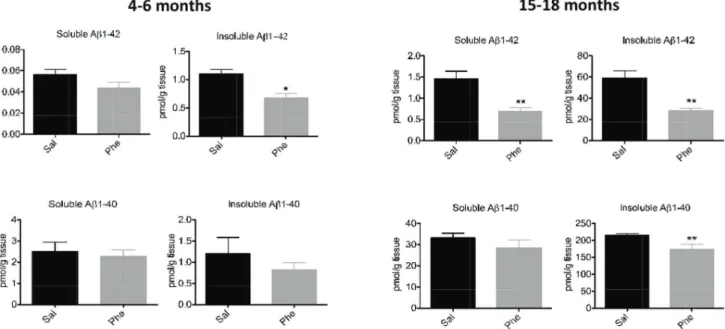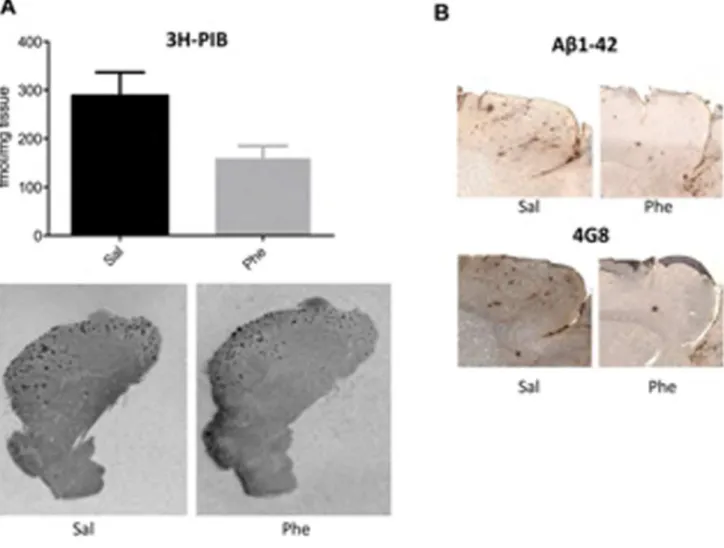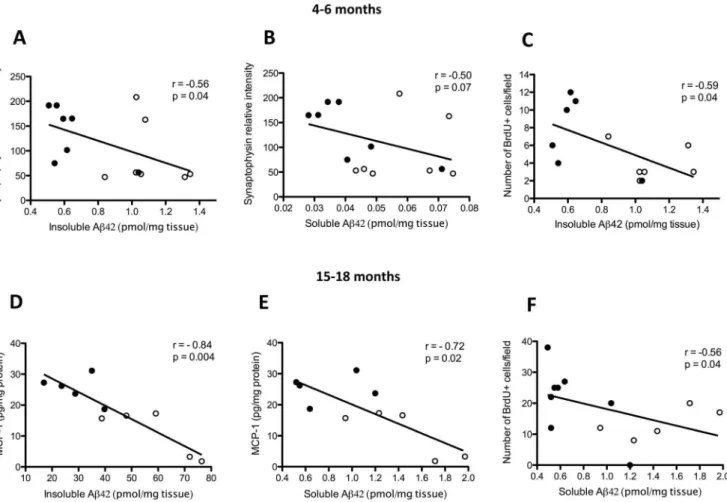Age-dependent neuroplasticity mechanisms in Alzheimer Tg2576 mice following modulation of brain amyloid-β levels.
Texto
Imagem



Documentos relacionados
The inflammatory response was diminished in both depots of adipose tissue, with increased IL-6 levels in RPAT and decreased TNF-a protein concentrations in MEAT and increased levels
(2016) Ablation of Prion Protein in Wild Type Human Amyloid Precursor Protein (APP) Transgenic Mice Does Not Alter The Proteolysis of APP, Levels of Amyloid- β or Pathologic
Finally, treatment of wild type mice with dexamethasone resulted in a significant increase in endogenous brain A b levels, which was prevented in mice genetically lacking
Transferrin level in serum and tumor necrosis factor– a level in CSF decreased, and the levels of iron, transferrin, lactoferrin and prostaglandin E 2 in CSF increased in PD
The treatment of IG-1 decreased plasma glucose, increased glycogen content in liver and skeletal muscles and improved glucose tolerance in C57B6N mice with high fat-diets and
Compared with control mice, genetic deletion and pharmacological blockade of CB1Rs in STZ-injected mice lead to decreased blood glucose levels and increased β -cell growth and
Immunoblotting showed that levels of IRS-1 were decreased in both liver and heart of rats fed high fructose diet, while these levels were significantly
After treatment with redox nanoparticles, ROS levels were decreased significantly in the brain of SAMP8 mice (as shown in Tables 1 and 2 ), which is probably due to the long access